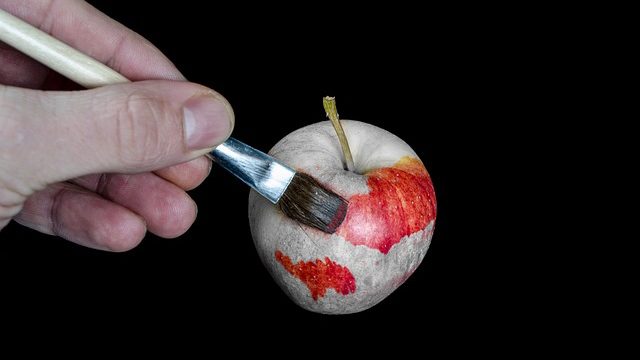Recently I was interviewed by the creative minds at Venables Bell + Partners on the topic of customer habit and loyalty. One of the questions asked was how businesses can turn loyal customers into habitual customers and vice versa. That conversation inspired me to write this blog post, to share with you how a business can bring loyalty into habitual behavior and vice versa develop loyalty into automatic habits.
Why Do You Want To Turn the Customers?
Why would your business want to turn one type of customer into the other? Consider Jane, who loves your brand and is a loyal customer. She purchases your brand heavily and is in the top 20 percentile in terms of her spending. A paradoxical fact about loyal customers like Jane is that they are also often the most demanding customers. They negotiate the hardest and have the highest expectations because they have been so “loyal”. By encouraging Jane to become a habitual customer, you help make her brand choice process more automatic, reduce her overthinking, with the added bonus of having more regular, predictable behavior.
Now imagine the opposite case. Tom is also a frequent customer. He visits your store and buys your products habitually, but he does not have strong opinions about your store one way or another. I know what you are thinking. “Wait a minute! How is it possible for Tom to buy so much without liking you a lot in the first place?” You are certainly right that habit a lot of times evolves out of our passion for doing something. Over time, it becomes a habit. But for many products and services, consumers don’t necessarily care enough to want to choose the very best. Instead, they try the first thing that is available. It works reasonably well. They don’t care enough to go search for a better alternative. So they settle down right away and repeatedly buy that first product, eventually becoming a habitual buyer.
The above is just one example of how you can have a habitual customer who buys a lot but does not have strong feelings for you. Why do you want to turn someone like that into a loyal customer? The reasons are pretty straightforward. It could be a defensive move. If Tom loves you, he may not be so easily lured away by your competitors. He may also be more inclined to try other products from your brand. When unexpected things happen that disrupt his habit, you can hopefully have his loyalty to fall back on to keep him buying. Continue reading “Turn Loyalty into Habit and Habit into Loyalty”


